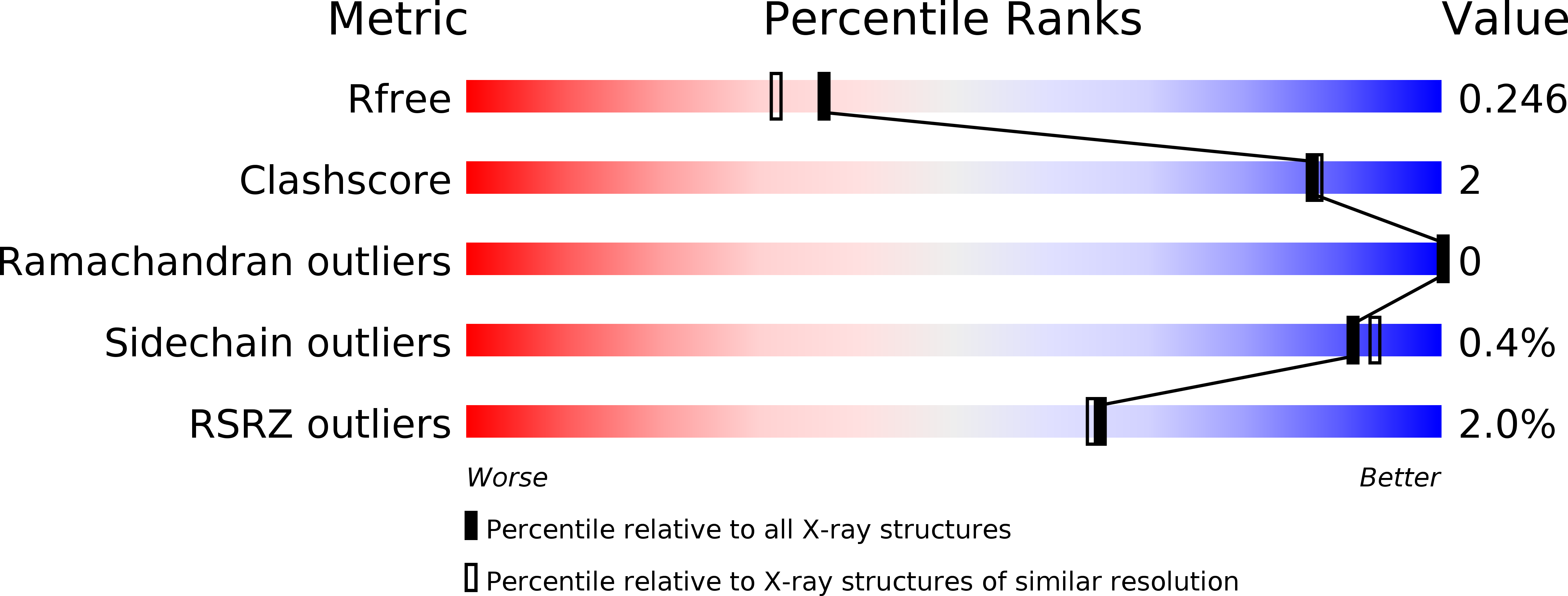
Deposition Date
2018-07-15
Release Date
2019-04-03
Last Version Date
2023-10-11
Entry Detail
PDB ID:
6E3W
Keywords:
Title:
Structure of human DNA polymerase beta complexed with 8OA in the template base paired with incoming non-hydrolyzable GTP
Biological Source:
Source Organism:
Homo sapiens (Taxon ID: 9606)
Host Organism:
Method Details:
Experimental Method:
Resolution:
2.02 Å
R-Value Free:
0.24
R-Value Work:
0.19
R-Value Observed:
0.19
Space Group:
P 1 21 1


